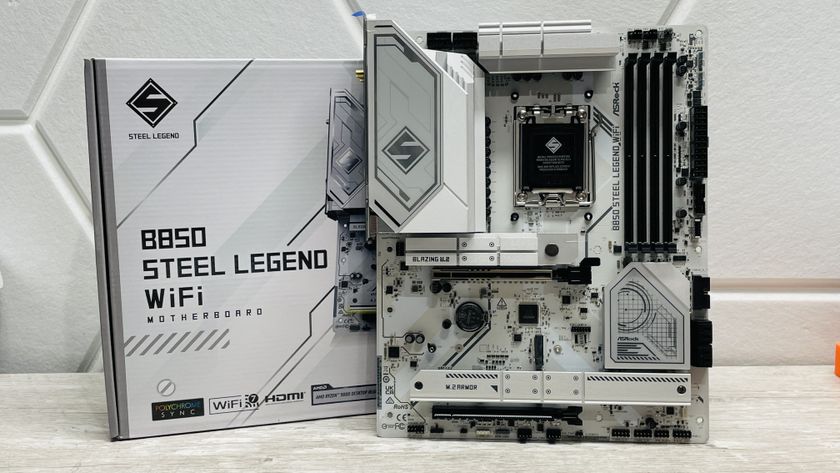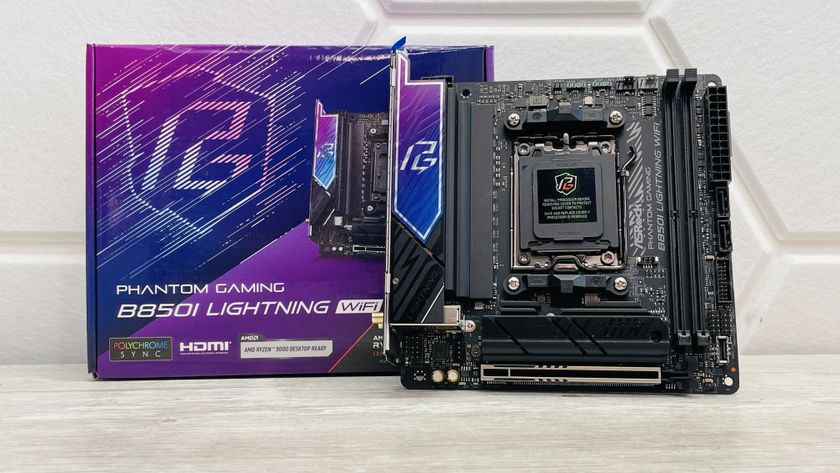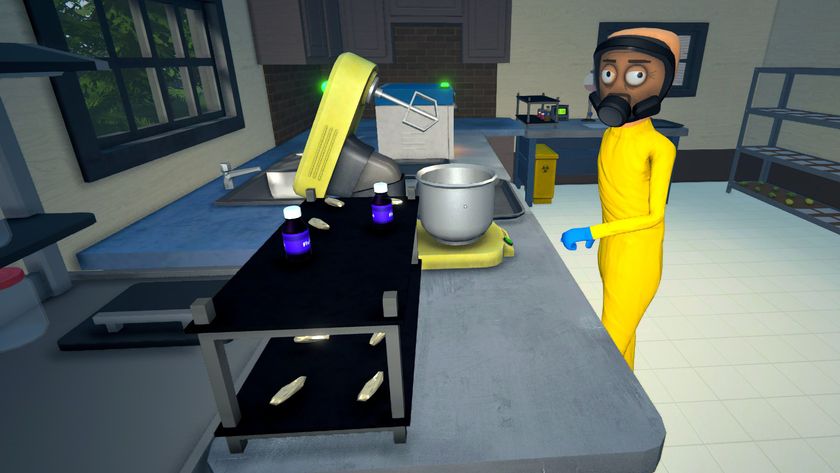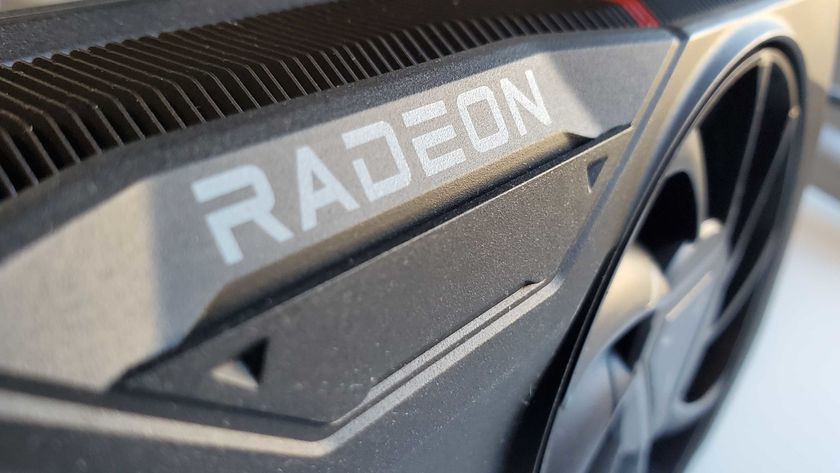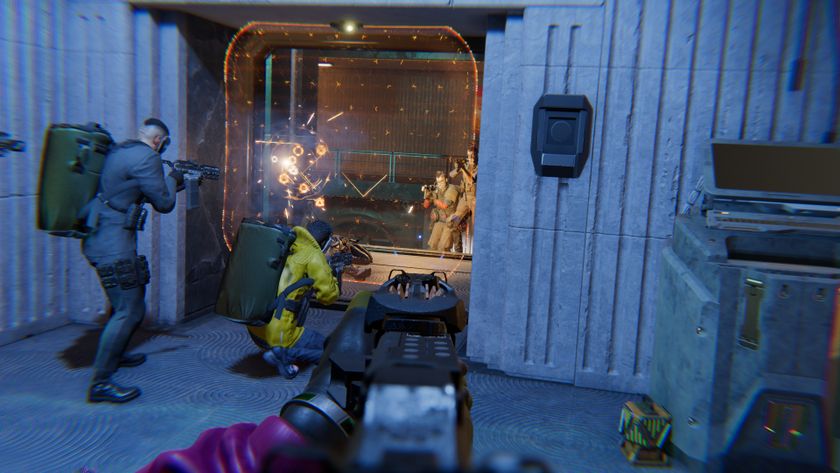How can I tell if my motherboard is dead?
It's not the absolute worst case scenario of things that could go wrong with your PC, but it's still annoying.
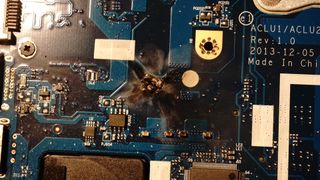
I've had my share of bad luck when it comes to dead motherboards, laptops in particular. In every laptop I have ever owned (which is only three) the motherboard has died before the warranty expired. Good news for me in terms of getting it replaced free of charge, but what about those of us who fry our motherboards after the warranty expires, especially if we have a desktop PC?
There are a few ways to check the life-status of your motherboard without having to take it to a technician, if you like to do things yourself. This kind of PC issue can be hard to diagnose, but ruling out all other possibilities first will help you get there—before you spend money on a new motherboard, especially if it's high-end.
What causes a motherboard to die?
There are several reasons for motherboard-failure, but the most common is overheating. Heat wears down all hardware components overtime, but it's particularly important that it doesn't damage the motherboard, considering that's where you connect all the other components. That's why heat dissipation is important, especially if you are overclocking—fans, heatsinks, liquid cooling.
Overheating is more of an issue with laptops because of their small cases and tightly spaced components, but laptop or desktop, all those cooling solutions won't matter if you don't clean the dust out of your PC regularly. Too much dust will eventually clog your PCs ventilation system, in both your case and components, making it choke on hot air and dirt.
Other motherboard-killing culprits include partially connected or incorrectly connected cables, improperly seated components, and electrical spikes and power surges. All of those you can easily protect yourself against, however. Take your time putting together your PC, if you're building or own, and make sure you plug your PC and your peripherals into a quality surge protector.
Another thing to take into consideration is using your PC abroad. Not all countries operate on the same voltage. The US, for instance, mostly operates on 110-120V (except for large appliances), while the UK and Europe operate on 220-240V. Even if your power supply or AC adapter says it can handle both currents, not using a voltage converter can still damage your components, especially your motherboard, overtime.
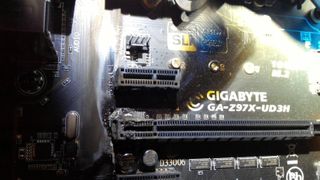
How can I tell if my motherboard is dead?
Motherboard failures are typically hard to diagnose because they share a lot of the same symptoms of other components failures. When the motherboard in my current laptop died, the entire thing shut off and I couldn't get it to turn back on.
The biggest gaming news, reviews and hardware deals
Keep up to date with the most important stories and the best deals, as picked by the PC Gamer team.
So, one tell-tale sign is if you hit the power button on your desktop or laptop and your PC doesn't turn on, or if your PC randomly shuts off. Now, this might not be an immediate indicator that your motherboard is dead; it's also just as likely that your PSU is dead, or your CPU overheated and your computer shut itself off as a fail-safe. Those are some things you'll want to check first before you unplug everything from your motherboard.
The simplest way to test your PSU is to plug it into a system that's functioning perfectly and power it on. If that doesn't work, then it was the PSU and not the motherboard. (Alternatively, if you have another functional PSU lying around, you can try that in your PC instead). For laptops, maybe the battery is just completely dead: plug in your laptop with your AC adapter and try turning it on. If that works, then you know the motherboard is fine.
But if your PC still isn't booting or randomly shutting down, you might get a beep code when the BIOS tries to POST (Power On Self Test). Every motherboard manufacturer will have different beep codes for various hardware errors, so you'll have to check your user manual to know what those code are, since a PC can fail to POST for a variety of reasons, like a failed CPU, memory, or even storage. If your PC doesn't POST at all, and the motherboard's power light isn't on, that's another big indication.
Of course, you'll also want to perform a visual inspection to make sure there are no bent, bulging, or blown capacitors, as that is also a clear indicator that your motherboard has gone to the big repair shop in the sky. If anything smells like burning, that's another sign.
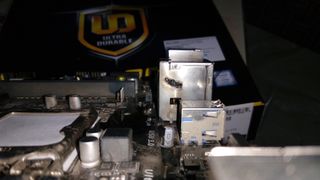
Okay, it's totally dead. Now what?
If your motherboard is under warranty, you can take it to a repair shop (Micro Center was a Lenovo-authorized laptop repair shop in my case) and let someone else diagnose and replace it for free. Even if it's not under warranty, the repair shop can still order and replace the parts for you, for a fee.
You can do all that yourself at home. Replacing the motherboard in a desktop PC is a lot easier than a laptop, but either is possible. In the case of a desktop, you'll have to disconnect all the wires and other components. It's basically the reverse of what we show in our how to build a gaming PC guide. And not to be the bearer of bad news, but if your motherboard fails it's also possible for other components like the CPU to join it, particularly if the cause was a power surge.
Still, you won't know until you've tested the parts. This is part of why diagnosing a motherboard failure can be so frustrating. Swap everything into the new motherboard, and don't forget to put new thermal paste on your CPU. If everything works, great! If not, you're probably dealing with multiple component failures and could end up having to replace most of the parts. That's not usually what happens, but in a worst case scenario, we've seen motherboard and PSU failures cause a chain reaction.

